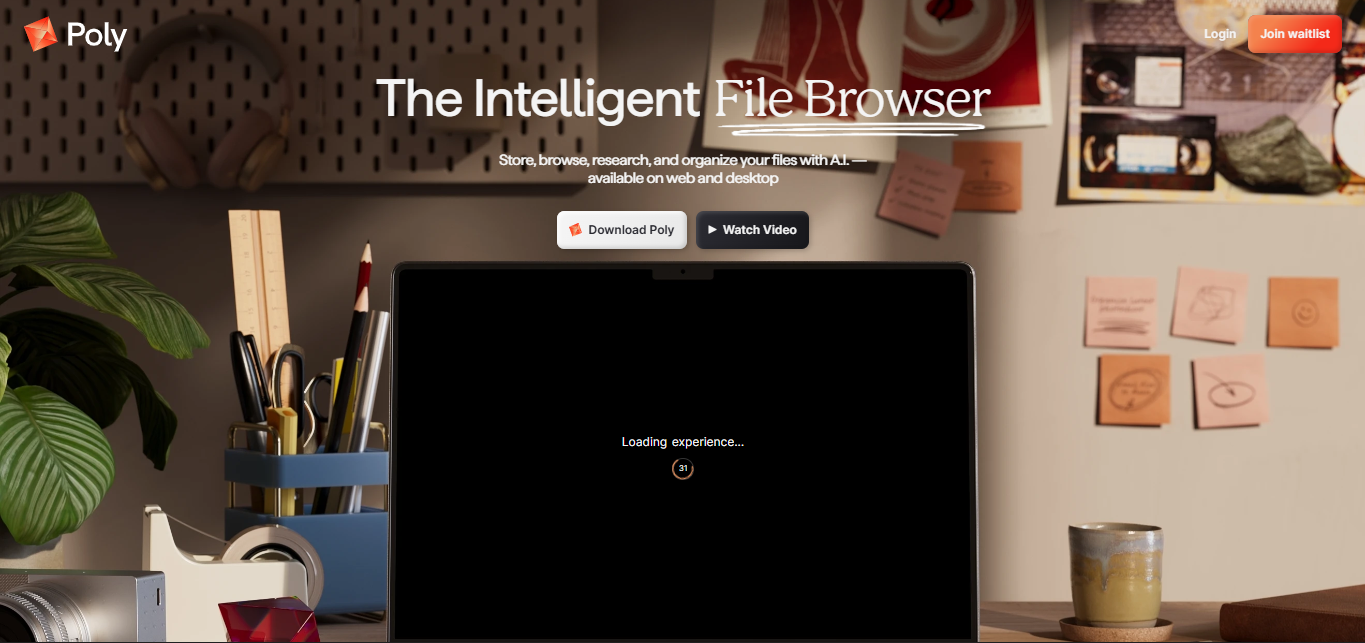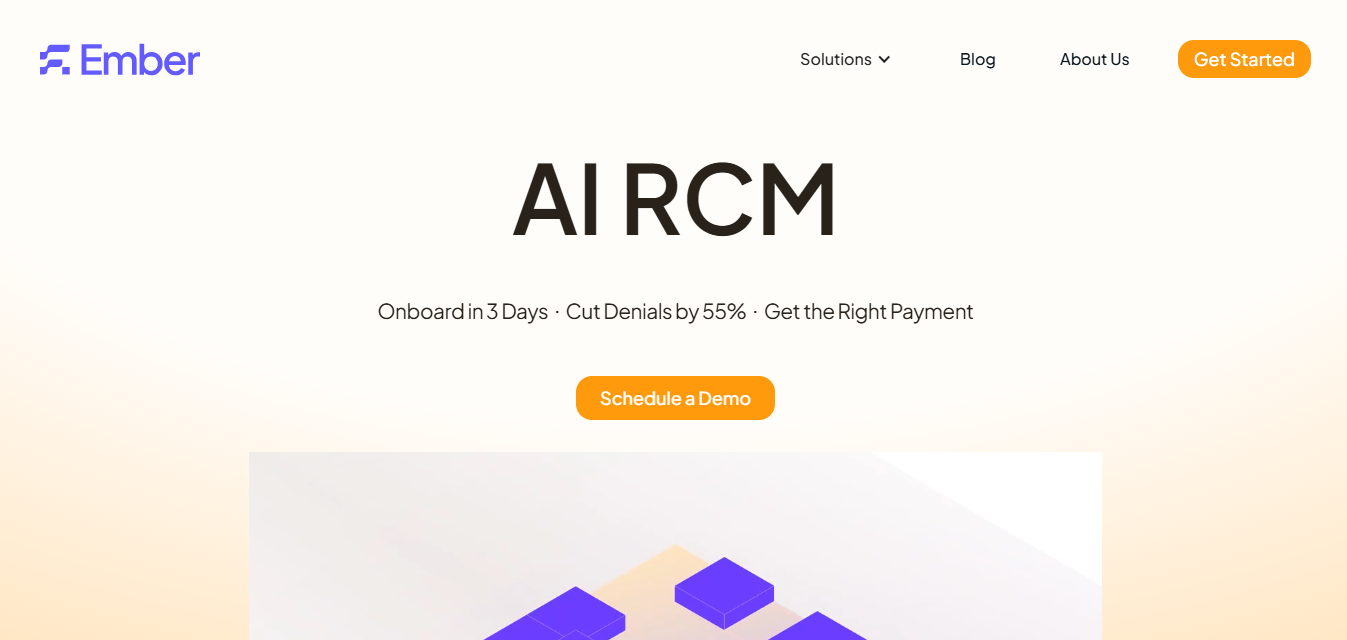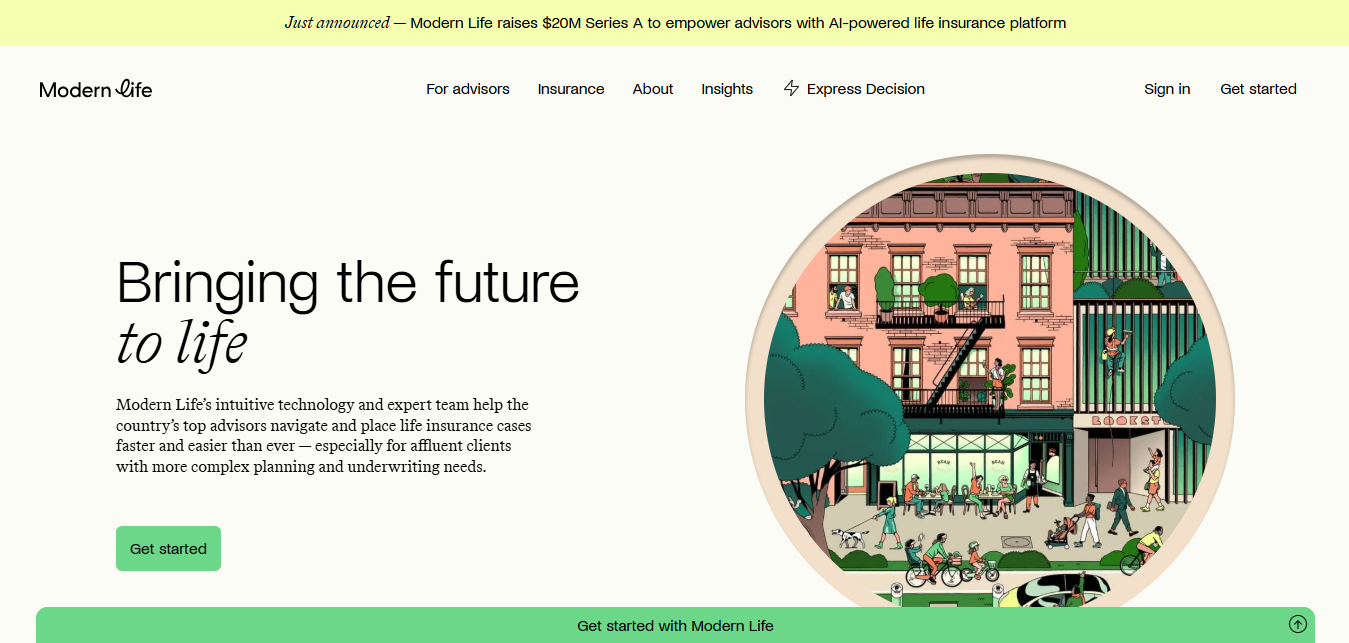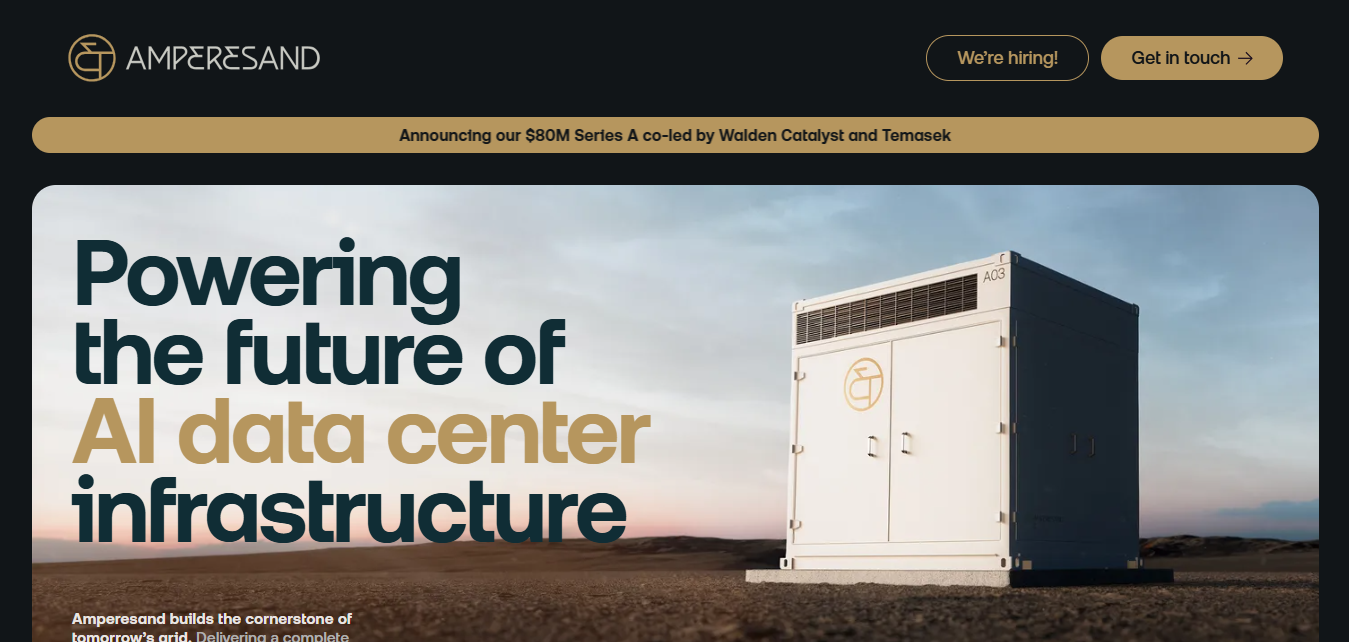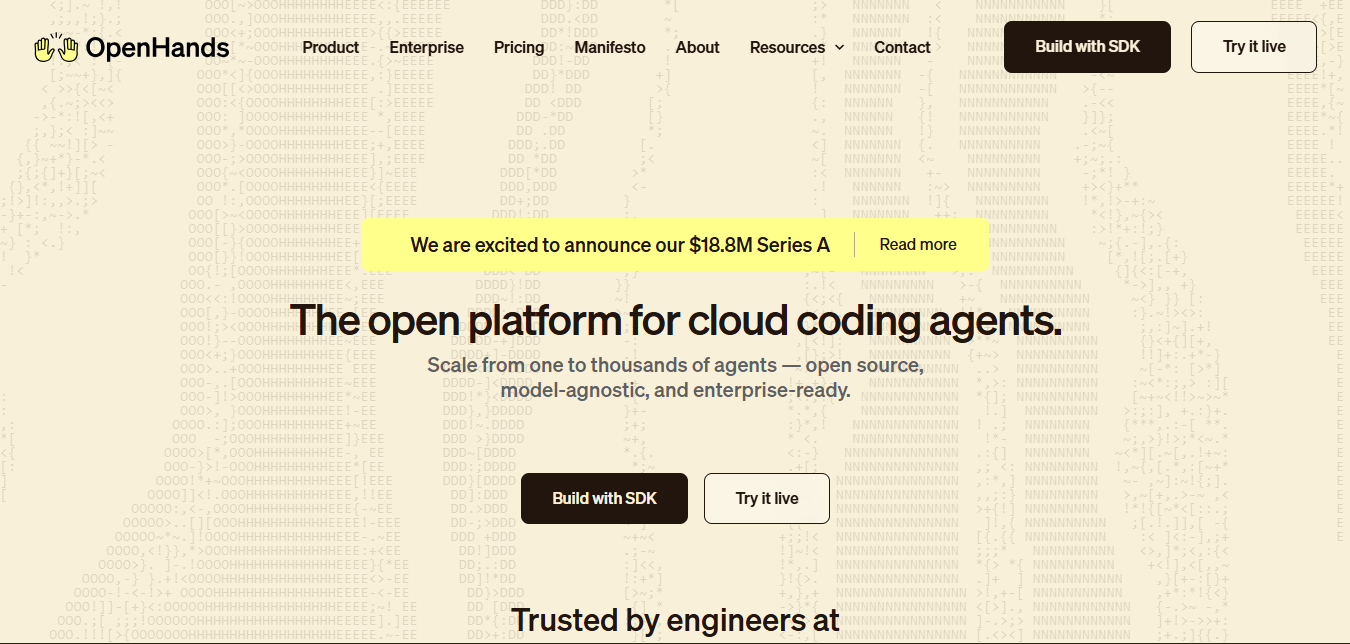Leo AI Raises $9.7 Million Seed Round to Reinvent Mechanical Engineering with AI
September 6, 2025
byFenoms Start-Up Research
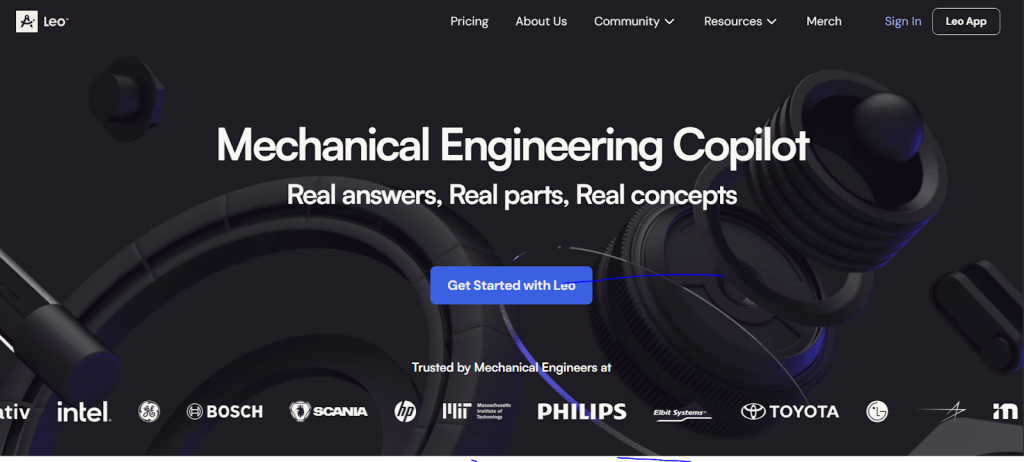
Leo AI, a Cambridge-based startup, has closed a $9.7 million seed round to transform the way mechanical engineers design, prototype, and innovate. The round was led by Flint Capital, joined by an a16z scout, TechAviv, Two Lanterns VC, and strategic investors including former SolidWorks CEO Bertrand Sicot and Google VP Yossi Matias.
Redefining Engineering Through AI
Founded in 2023 by mechanical engineers Dr. Maor Farid and Moti Moravia, Leo AI has pioneered the world’s first Large Mechanical Model (LMM). Unlike traditional AI trained primarily on text and images, this model has been built on a foundation of CAD files, technical drawings, standards, and peer-reviewed research. The result is a tool that can transform simple prompts or sketches into ready-to-use 3D concepts, giving engineers back hours of their week.
Already, Leo AI has demonstrated the ability to cut repetitive design time by up to 70%, enabling teams to channel energy into high-value problem solving instead of mundane part searches and manual drafting.
A Lesson Hidden in Plain Sight
What stands out in Leo AI’s story is not only the technology, but the philosophy behind it. As Farid explained, too often he found himself spending more time hunting for parts than building the life-saving robots he dreamed of creating. That insight shaped Leo AI’s mission: liberate engineers from drudgery so they can focus on breakthroughs.
For founders, this lesson carries weight. Too many startups chase efficiency for efficiency’s sake, but Leo AI reveals a deeper truth - the real competitive advantage comes from restoring human creativity. Products that reduce friction are valuable, but products that rekindle passion are transformative. They don’t just save time; they create emotional loyalty. When your platform gives users back their spark, they don’t just use it - they advocate for it, defend it, and grow with it. That is the kind of moat money alone can’t build.
Rapid Early Traction
The company’s momentum underscores the strength of this approach. Within its first month of monetization, Leo AI generated over $100,000 in revenue without relying on paid marketing. Its technology has already been embraced by teams at Scania, HP, Siemens, and Mobileye, with engineers generating more than 475,000 3D designs using the platform.
The accuracy is particularly compelling. While general-purpose AI tools struggle to deliver reliability in complex engineering contexts, Leo AI’s domain-specific model delivers up to 95% accuracy - a leap that has not gone unnoticed by industry leaders.
Investors Backing a Bold Vision
Investor conviction is equally strong. Flint Capital’s Sergey Gribov highlighted that nearly half of all product delays stem from knowledge silos, a problem Leo AI is uniquely positioned to solve. Strategic backers like Sicot and Matias bring not just capital but deep domain knowledge and access to enterprise corridors that could accelerate adoption across industries.
A Market Hungry for Change
Mechanical engineering remains a backbone of global industry, yet the tools powering it have stagnated for decades. Outdated workflows and fragmented data cost organizations millions through delays and inefficiencies. Leo AI’s platform represents a generational shift - helping companies move faster, reduce errors, and ultimately bring products to market at scale.
With its LMM at the core, Leo AI positions itself as the engineering copilot for an industry long overlooked by mainstream AI innovation.
Looking Ahead
The $9.7 million seed funding will fuel team expansion, accelerate product development, and extend Leo AI’s reach into high-impact sectors like automotive, aerospace, and medical devices. The company is now building toward a future where engineers across the world can collaborate with AI tools that don’t just understand text but understand parts, assemblies, and mechanical logic.
By aligning powerful AI models with the real frustrations of engineers, Leo AI is poised to become more than just a tool - it’s on its way to becoming an indispensable partner in the design and manufacturing process.




